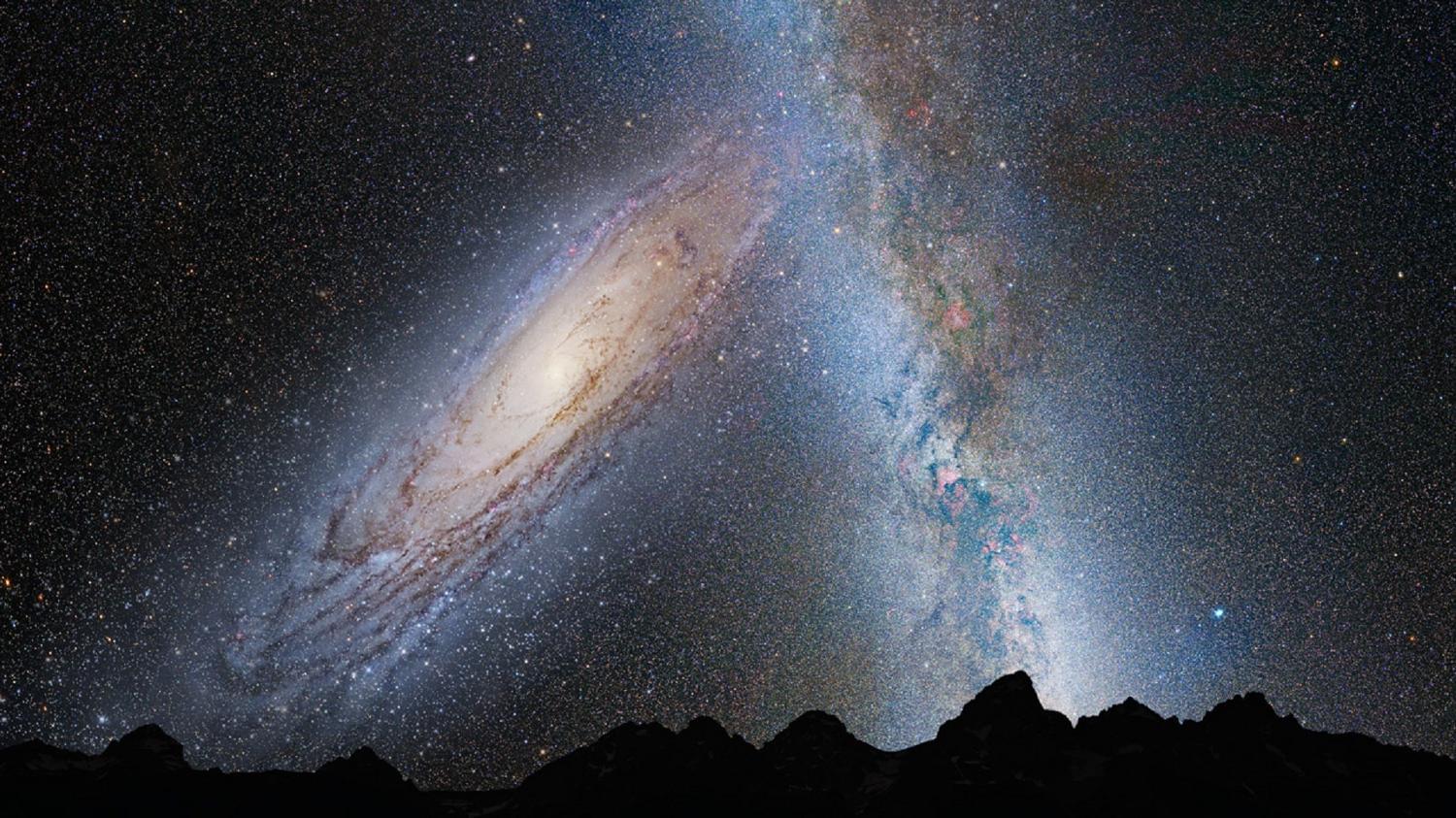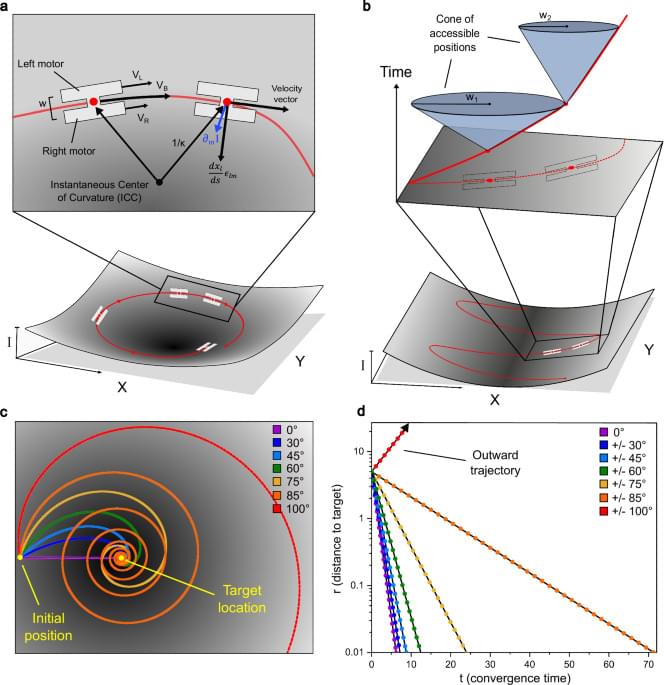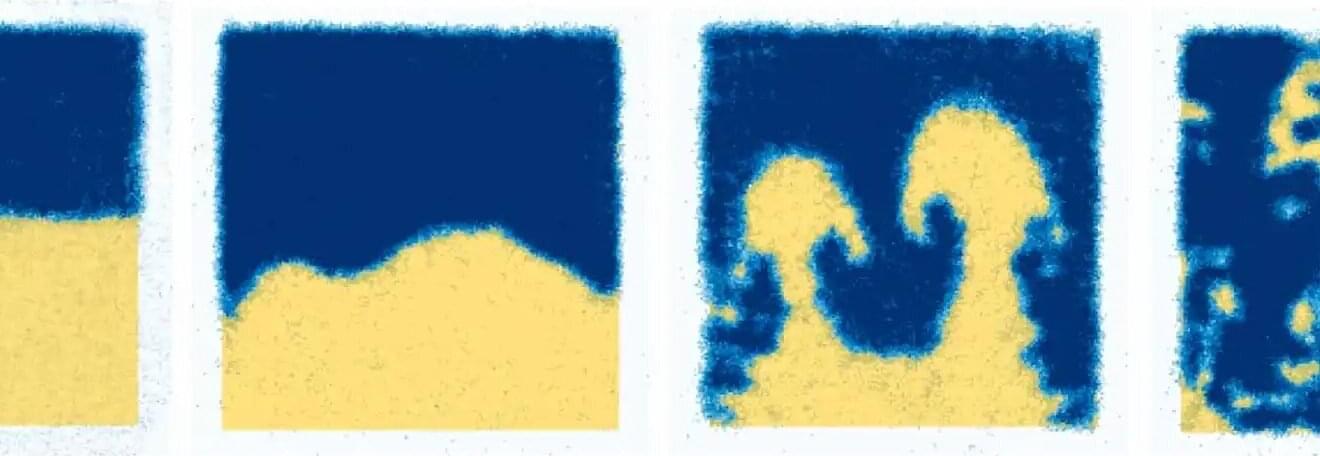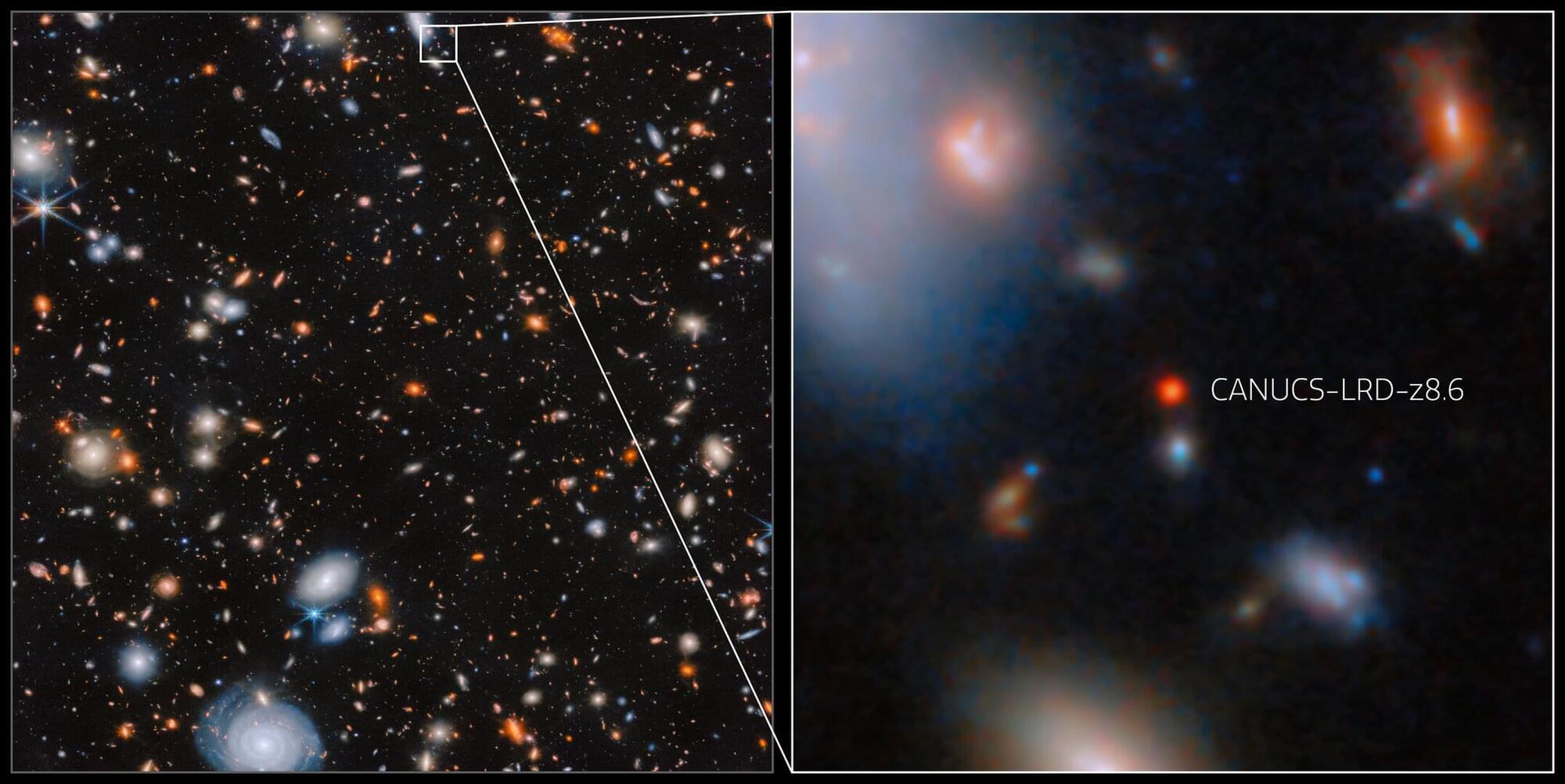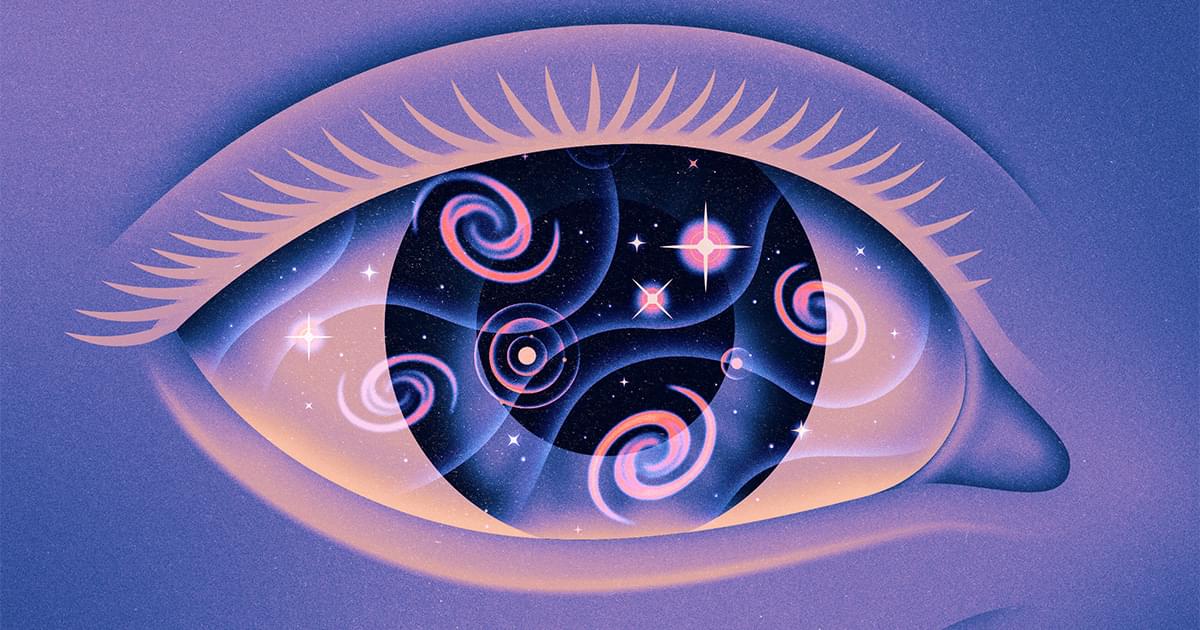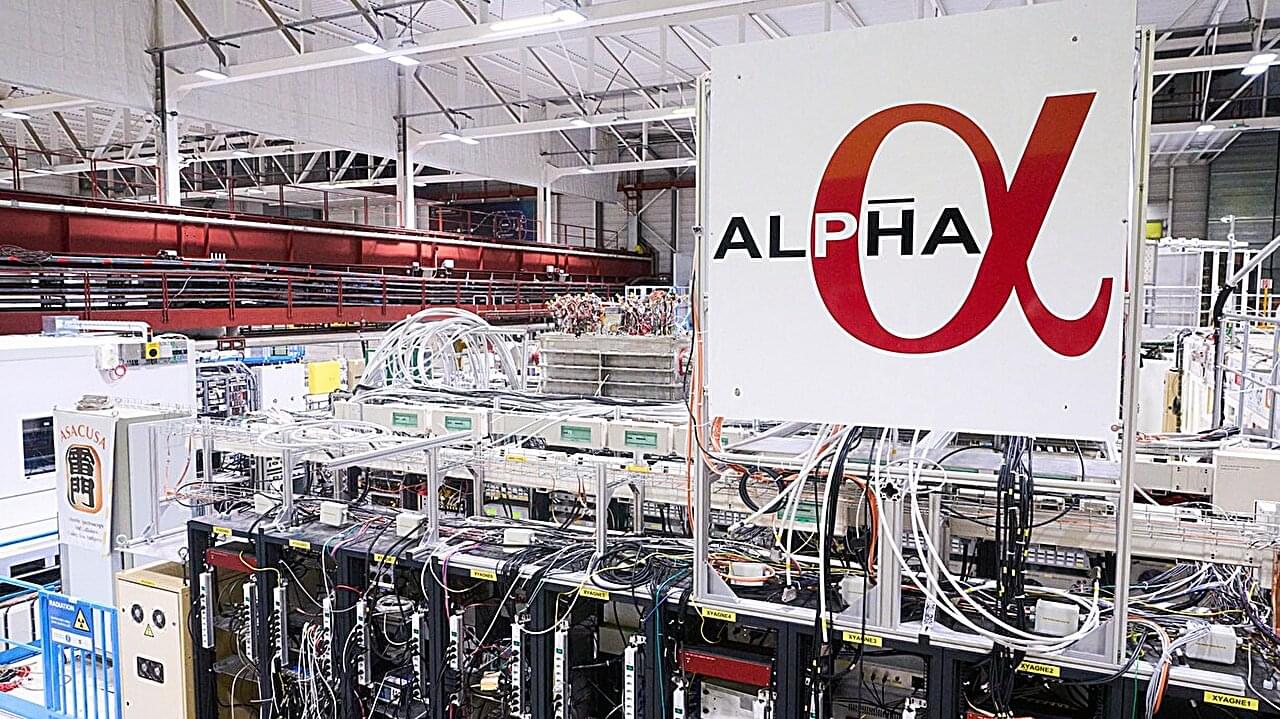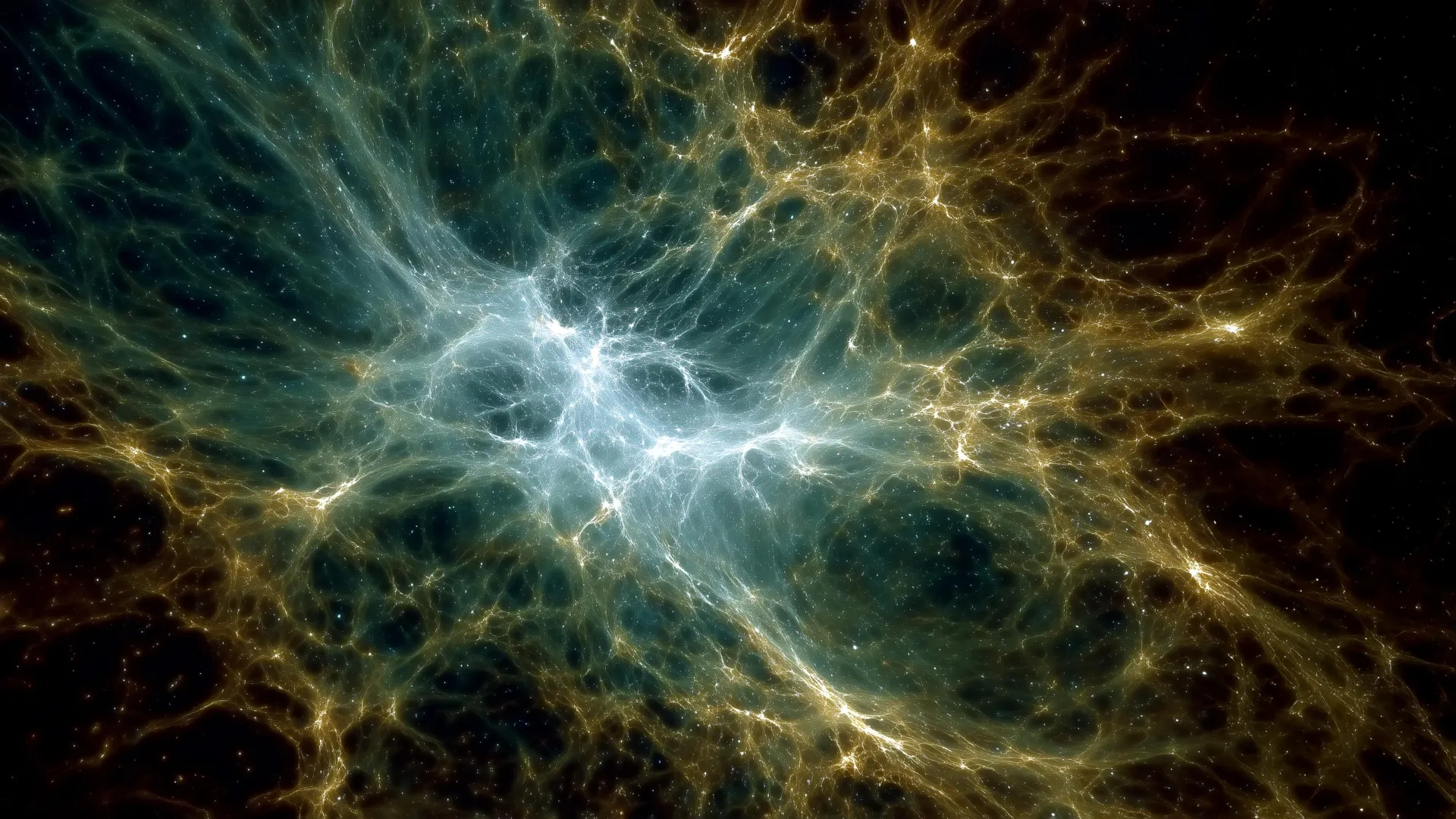There’s always a touch of melancholy when a chapter that has absorbed years of work comes to an end. In the case of the Atacama Cosmology Telescope (ACT), those years amount to nearly 20—and now the telescope has completed its mission. Yet some endings are also important beginnings, opening new paths for the entire scientific community.
The three papers published in the Journal of Cosmology and Astroparticle Physics by the ACT Collaboration describe and contextualize in detail the sixth and final major ACT data release—perhaps the most important one—marking significant advances in our understanding of the universe’s evolution and its current state.
ACT’s data clarify several key points: the measurement of the Hubble constant (the number that indicates the current rate of cosmic expansion—the universe’s “speedometer”) obtained from observations at very large cosmological distances is confirmed, and it remains markedly different from the value derived from the nearby universe. This is both a problem and a remarkable discovery: it confirms the so-called “Hubble tension,” which challenges the model we use to describe the cosmos.
